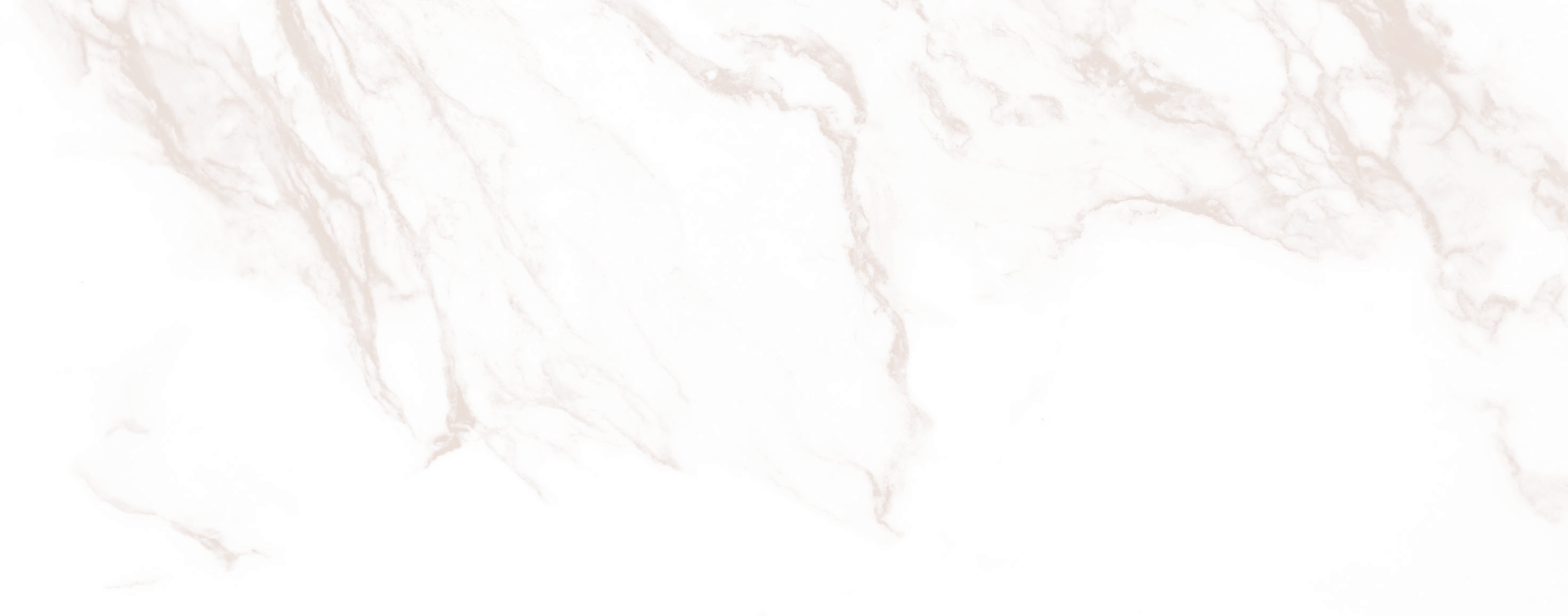
Founded in 1954, the Gutai group forged radical new ways of making abstract paintings in terms of both their actions and as an overarching philosophy. Encouraged by Gutai founder Jiro Yoshihara to “do what no one has done before!” the artists used unorthodox techniques including inciting explosions, crashing jars of paint against surfaces and using the artist’s body to paint in novel ways.
Starting four years after the end of the allied occupation that transformed Japan into a democratic State, Gutai rejected traditional art styles in favour of performative practices. They declared freedom of expression, an emphasis on individualism and had a desire to express the true natures of their materials, whilst also being in an open dialogue with artists from around the world, from Jackson Pollock to the Dadaists. Politically, Gutai marks a clear break from Japan’s autocratic and isolationist past and a desire to build a new language for art after the horrors of the Second World War. Works by masters Shozo Shimamoto, Atsuko Tanaka, Takesada Matsutani, and Toshio Yoshida will be on display.